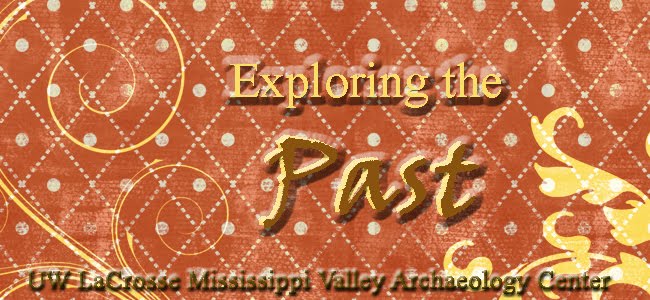Monday, July 19, 2010
Data Collection and Analysis
We reviewed our field work on Friday, July 16th. Ted brought up how broad based archaeology is because of the many disciplines required to analyze a site. Archaeologists are looking at the soil, bones - both human and animals, tools, and pottery to name just a few. We all had a better appreciation of the hard work required to find the artifacts and preserve them. Professor Theler mentioned that sites are missed because archaeologists don't go deep enough. He explained the two basic forms of dating: Relative, which looks at an object and is determined by if it is earlier or older than other known objects, and by looking at layers of bones; or Absolute which is based on a calendar date. With Absolute dating, scientists use Climatology - wet and dry cycles. Dendrochronology is the study of the rings in a tree that reflect these cycles with their distinct patterns. They have a tool that bores into a tree and extracts a long sample which looks like a rod. Absolute dating can also be determined by Radio Carbon which was first discovered in 1950 by Willard Libbey, who is known for his work on the Manhattan Project. We watched a documentary, Decoding Danebury, on techniques used by archaeologists to analyze material 2,500 years old to reconstruct a picture of life in Celtic times which included the political, ideology (including religion), cultural, and economical forces in this community.
Subscribe to:
Post Comments (Atom)

No comments:
Post a Comment